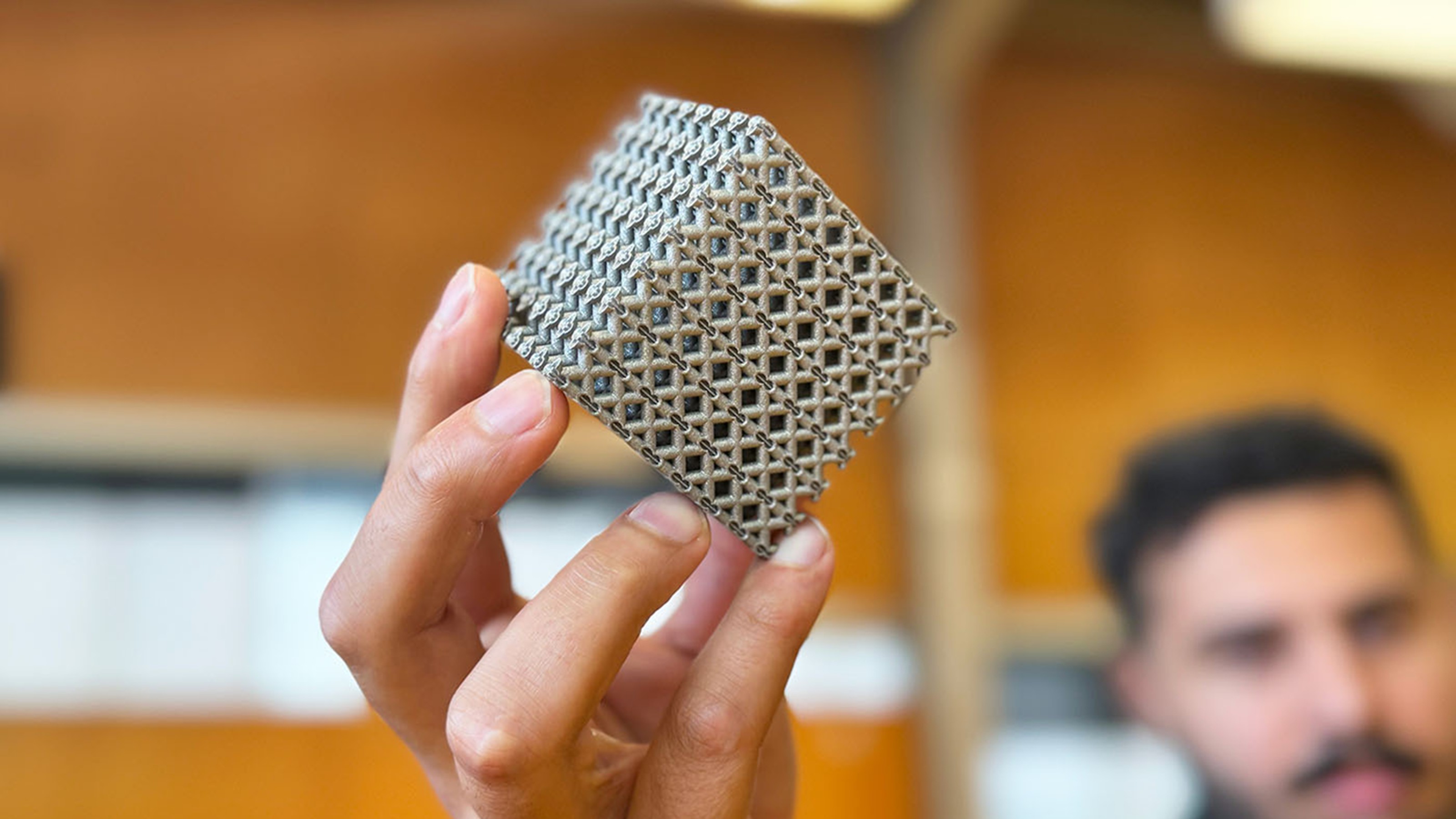A protein that scientists once thought was a “piece of garbage in the brain” turns out to play a key role in memory formation. At high concentrations, however, it spells “the beginning of the end for memory.”
Question: What is the goal of your research?
rnrnOttavio Arancio: rnOkay, the overall goal of the research in my lab is to find a rntherapyrnagainst the Alzheimer’s disease. rnThat’s a very general way of saying things and to be more rnspecific wernare… we have different strategies in the lab to go to achieve this goal,rn so wernare trying to approach it from different perspectives and if I have tornsummarize these perspectives in a few words I should say that in one rnkind ofrnstudies we are trying to understand what is the function of a molecule rnthat isrncalled beta amyloid and this is a molecule made by many amino acids. Once there are many amino acidsrntogether those molecules are called peptides. Anyway,rn this beta amyloid, which is produced in a very highrnamount in the brain of people with this disease and is known also to be rnveryrntoxic to the communication of the cells in the brain and therefore to rnlead tornmemory impairment, so but we know that this molecule is present in the rnbrain ofrnpeople throughout life, just normal half the people and it is there in rnvery lowrnamount and nobody knew what was the function, if at all to any function rnthisrnprotein in this very low amount. rnWhat most of scientists thought was that it was kind of piece of rngarbagernin the brain of people with no relevance whatsoever and instead we have rnstartedrnworking on it and we have found that actually probably the very likely rnfunctionrnof this protein in very low amount is just to be there to lead to normalrnmemory, so without it we cannot store information in the brain, we rncannot learnrnand there will not be normal memory.
rnrnSo I mean with all the study what we think is that rnthisrnmolecule is there. It’s necessaryrnfor memory and then for some unknown reason we start making… people with the disease start making a lotrnof it and the fact there is a lot just makes opposite of what it does inrn thernnormal brain, so it’s actually it reduces memory when it is there in a rnveryrnhigh amount and so this is a very, very you know interesting rncharacteristic andrnwe think that actually until the studies were not there what people werern doingrnto understand the cause of the disease was just to look at the disease rnfrom thernvery end of it instead of trying to understand… Yourn know it was a kind of a piece of a puzzle that isrnmissing to understand the… to understand how something which is there rnbecomesrnwhat is the beginning of the end for memory. So rnin other words just to make things more simple becausernotherwise we get lost here is that now we know that normal function of rnthisrnprotein in very low amount in the brain is to lead to memories, that rnthisrnmolecule is necessary for memory and that we now need to understand how rnthernproblem starts, how memory is impaired. rnWe need to understand how this normal regulation of the level of rnthisrnprotein in the brain is broken and so the brain starts to make a lot ofrnit. So we think that through thisrnstudy and through establishing what is normal function of the protein wern couldrnunderstand at the very beginning of the disease and once you usually rnunderstandrnhow this starts, which is something which we really do not have it so rnfar.
rnrnQuestion: How does this rnprotein contribute tornmemory loss?
rnrnOttavio Arancio: What I found is that the normal function rnof this protein isrnthere to lead to memory, the opposite of memory loss. Sorn now I would like to understand the bridge between thernnormal function of this protein, which is just to lead to memory to itsrnabnormal function, which is the memory loss. You rnsee, so the fact that the protein gives to memory lossrnis something that was already known by scientists. It’srn slightly different. I don’t want to take credit rnof something I did notrndiscover. What I have discoveredrnis that this protein in normal low concentration leads to memory. It leads to memory loss the oppositernonly when it is there in very high amount, and I would like to bridge rnthe gaprnbetween its normal function and its pathological function, its badrnfunction. How does a good turnrninto a bad guy? How does a goodrnprotein turn into a bad protein?





